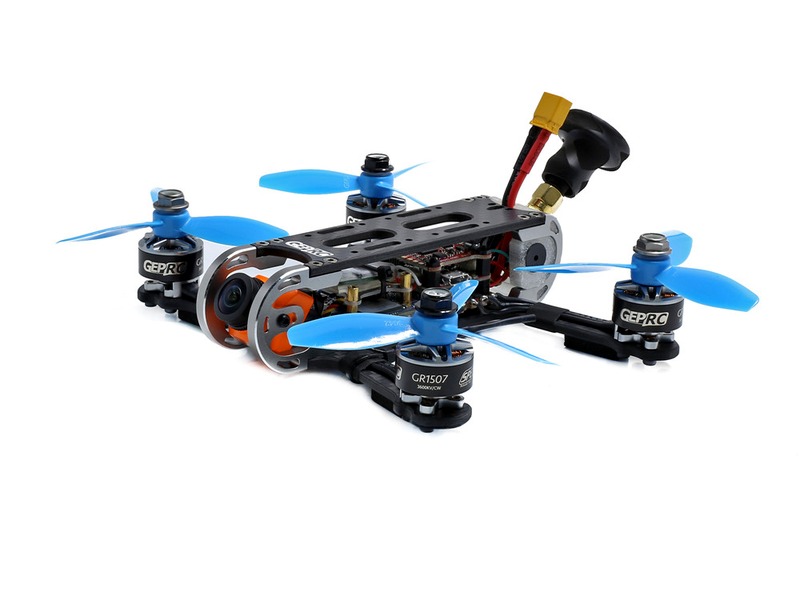Is it cheaper to build your own racing drone?

Building your own racing drone can be a great way to get into the hobby of racing drones. Depending on what components you choose and how much you are willing to spend, it can be cheaper than buying a pre-built racing drone.
When building your own racing drone, there are a few different components that you need to consider. The most important are the frame, motors, speed controllers, flight controller, and the battery. The frame is the backbone of your drone and will determine the size and shape of your machine. Motors are what will provide the power to your drone and come in a variety of sizes and power ratings. Speed controllers are what will control the motors and provide the power in the form of PWM signals. The flight controller will be responsible for the stability and control of your drone, and the battery is what will provide the power to your drone.
Once you have chosen the components for your racing drone, the next step is to assemble them. Depending on how much experience you have with building drones, this can be a daunting task. If you are just starting out, it is best to buy a kit that comes with all the necessary components and instructions. This will make the build process much easier and will help ensure that your drone is built correctly and safely.
Once your drone is built, there are still a few things you will need in order to get it in the air. You will need to purchase propellers, an FPV camera, an FPV transmitter, and a receiver. The cost of these components can vary depending on the quality and features you are looking for. However, with all of these components, you should be able to get into the air for around $200-$300.
Overall, building your own racing drone can be a great way to get into the hobby of racing drones. The cost of components can vary depending on the quality and features you are looking for. However, if you choose wisely and are willing to put in the time and effort to build your drone, it can be cheaper than buying a pre-built racing drone.
Comments / Question
1. Cost Savings: Building your own racing drone can be considerably cheaper than buying a ready-made model. It gives you the freedom to choose the most cost-effective components to fit your budget.
2. Customization: Building your own drone allows you to customize your drone to your exact preferences. You can choose the frame, the motors, the camera and other components to make it the way you want.
3. Knowledge: Building a drone will give you a better understanding of how they work and how to troubleshoot any issues that may arise.
Disadvantages:
1. Time: Building a drone can be time consuming and requires patience.
2. Expertise: Depending on the complexity of the drone you are building, you may need expertise in electronics as well as mechanical engineering in order to complete the build.
3. Cost: Even though it may be cheaper to build your own drone, if you are not experienced in building drones, you may end up spending more money than you initially planned due to incorrect components or mistakes.
-Screwdriver
-Soldering iron
-Wire cutters
-Pliers
-Hex keys
-Drill
-Heat gun
-Multimeter
-Tweezers
-Crimping tool
-Soldering station
-Wire strippers
-Heat shrink tubing
-Glue gun
-Utility knife
-Safety glasses
2. Motors: Motors are used to provide thrust and are usually brushless motors.
3. Propellers: Propellers are used to provide lift and are usually made of plastic or carbon fiber.
4. Electronic Speed Controllers (ESCs): ESCs are used to control the speed of the motors and are usually brushless ESCs.
5. Flight Controller: A flight controller is used to control the drone and is usually a microcontroller.
6. Battery: A battery is used to provide power to the drone and is usually a LiPo battery.
7. Radio Transmitter and Receiver: A radio transmitter and receiver are used to control the drone and are usually 2.4GHz.
8. Camera: A camera is used to capture video and is usually a GoPro or other action camera.

